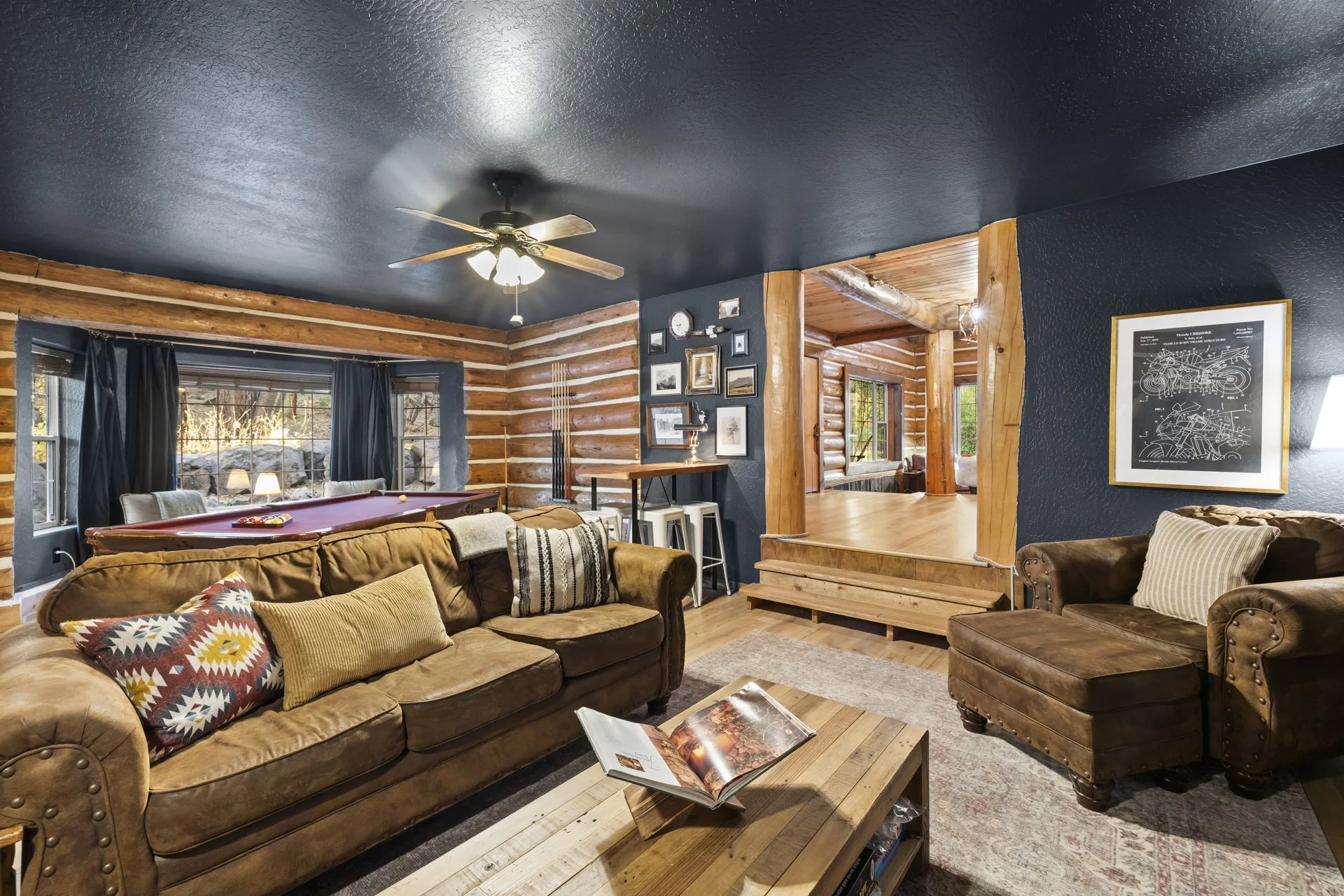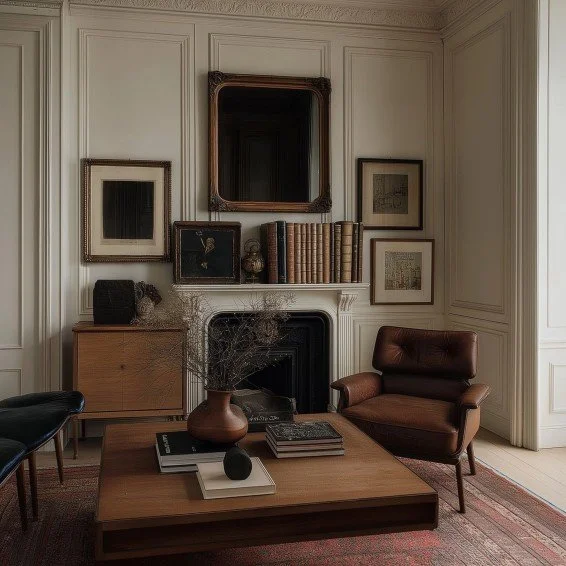How to Mix Wood Tones in Interior Design: Arizona Expert Tips for a Warm, Balanced Home
Can you really mix different wood tones in your home without it feeling messy? Absolutely!
At Sentenac House Interiors, we’ve helped homeowners across Phoenix, Scottsdale, and Tucson create warm, cohesive spaces by artfully blending wood furniture and finishes. Whether you’re redesigning a cozy bedroom or a bright, open kitchen, here’s how to mix wood tones in interior design like a pro, with real-life examples from our Arizona projects.
Why Mix Wood Tones in Your Arizona Home?
Mixing wood furniture and finishes adds depth, character, and a timeless, curated look.
Arizona homeowners often ask:
How do I mix wood tones in interior design without it looking chaotic?
The key is choosing your dominant tone thoughtfully, then layering complementary woods, textures, and neutrals. Done right, it transforms rooms — from a Scottsdale living room to a Tucson powder room — into inviting, layered spaces.
Step 1: Choose a Dominant Wood Tone
Start by picking one main wood that anchors the space. In a recent Gilbert project, we used light oak cabinetry to create an airy feel, reflecting Arizona’s desert sunlight.
Tips from experience:
Light woods like ash or maple feel bright and fresh, perfect for sunlit Arizona kitchens.
Dark woods like walnut or ebony bring richness and contrast, great for moody powder rooms.
Step 2: Add a Contrasting Secondary Wood
Introduce a second wood tone to create visual interest and depth.
For example, in a Paradise Valley living room, we paired a blonde wood coffee table with a teak console table. The contrast in color and grain kept the design dynamic and inviting.
Pro tip: Light vs. dark or smooth vs. rustic grain helps avoid a flat look.
Step 3: Unify with a Common Element
To keep different woods from clashing, tie them together with a shared undertone (warm or cool) or a similar finish (e.g., matte).
In a Tucson bedroom, oak nightstands and a walnut headboard were unified with matte black metal hardware, adding cohesion.
Remember: Arizona’s natural light can change how woods appear, so always test samples in your actual space.
Step 4: Balance with Neutrals
Neutrals create visual breathing room so mixed wood tones stand out without overwhelming the space.
In a Phoenix multi-purpose room, soft gray upholstery and white walls let pine and cedar furniture shine.
Idea: Add linen curtains, stone decor, or textured rugs to soften the look and highlight your furniture.
Step 5: Tailor Your Approach to Each Room





Every room has unique needs. Here are examples from our projects:
Kitchens: Combine wood cabinets with a contrasting island.
Living rooms: Mix tables and consoles in different tones.
Bedrooms: Use a headboard and nightstands in complementary woods.
Powder rooms: Try a dark vanity with a lighter mirror frame.
Common Questions We Hear
Can I mix more than two wood tones?
Yes—but keep it balanced: usually one dominant, one secondary, and an accent.
What if my woods don’t match?
Focus on undertones (warm or cool) and test pieces under Arizona light.
How do I do this on a budget?
Repurpose existing furniture or shop Phoenix thrift stores for unique finds.
Will it work in small spaces?
Absolutely! Lighter woods keep rooms feeling open; add darker accents for depth.
Designer Tips from Sentenac House Interiors
Always test wood samples in your actual room.
Limit busy fabrics so the wood remains the star.
Add texture (woven baskets, rugs, stone) to bring warmth
Work with a designer familiar with Arizona’s unique light and style.
Ready to Transform Your Arizona Home?
Blending wood tones isn’t just a design trend — it’s a way to craft a home that feels personal and timeless.
At Sentenac House Interiors, we help homeowners in Phoenix, Scottsdale, Tucson, and beyond create warm, balanced spaces that reflect Arizona’s beauty. Explore our portfolio now.
Questions?
We’re an open book! Schedule a call or fill out the inquiry form below if you’re ready to start.
If you’re not ready, save this blog post for when you are!

